Category: Events
-

Knutepunkt 2021 Call for Papers
in
Knudepunkt 2021 has issued a call for papers! Pitches are due 10 July 2020 and the theme of the conference, and book, is “Where the magic happens”.
-
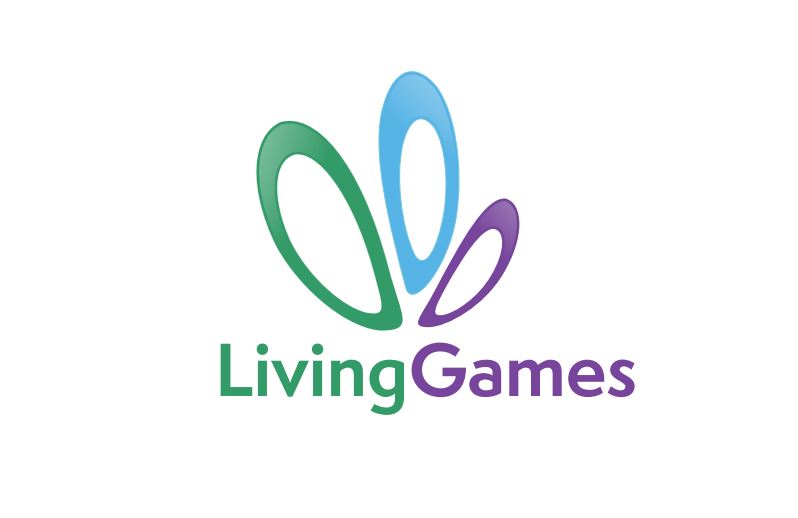
Living Games Conference 2018
in
The third Living Games Conference will take place May 17-20, 2018 in Boston, Massachusetts in the United States. Inspired by the Nordic Knutpunkt tradition, the conference focuses on the academic and practical aspects of larp, including scholarship, design, and play. This year, the conference theme is Our Full Potential. The conference plans to feature
-
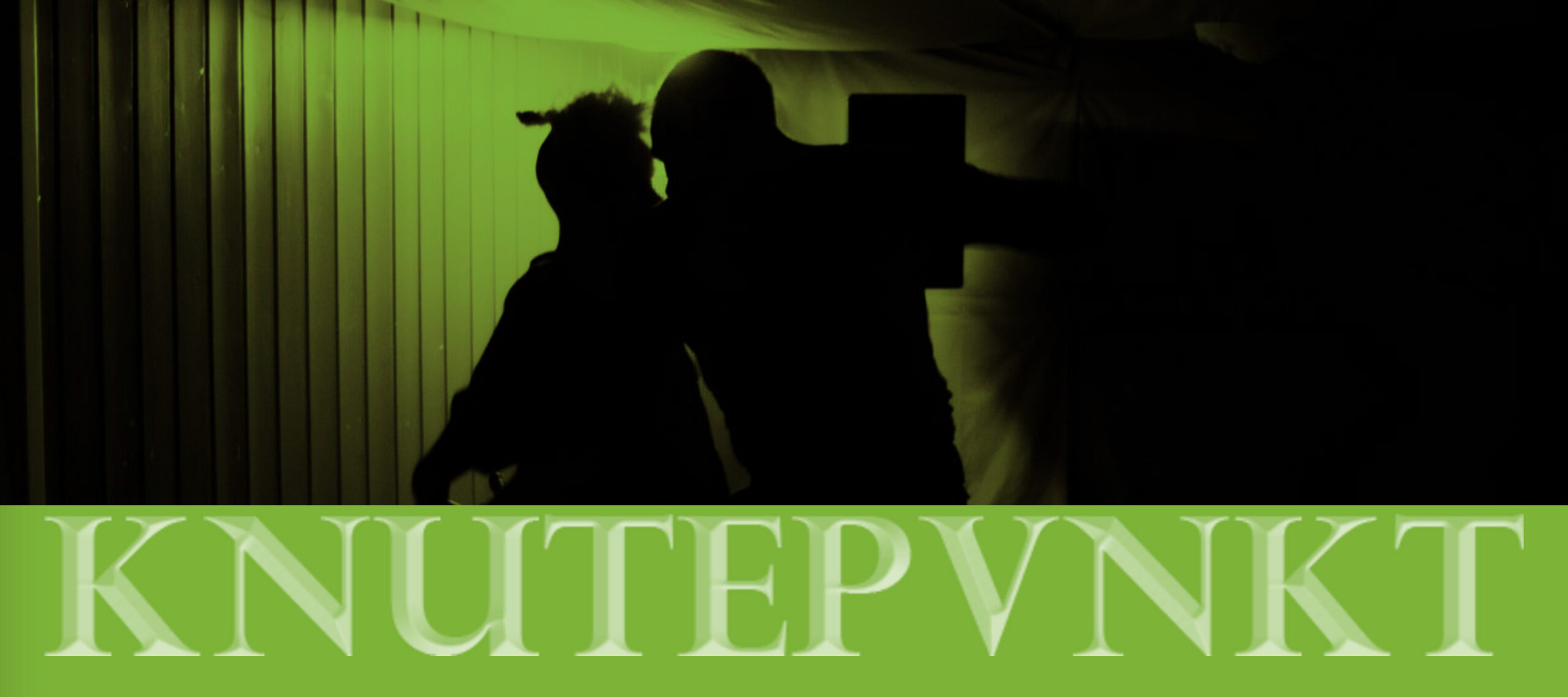
Nordiclarp.org at Knutepunkt 2017
in
Knutepunkt 2017 starts tonight with the opening ceremony at 17:00 CET. We will be on location to report as much as we can.
-
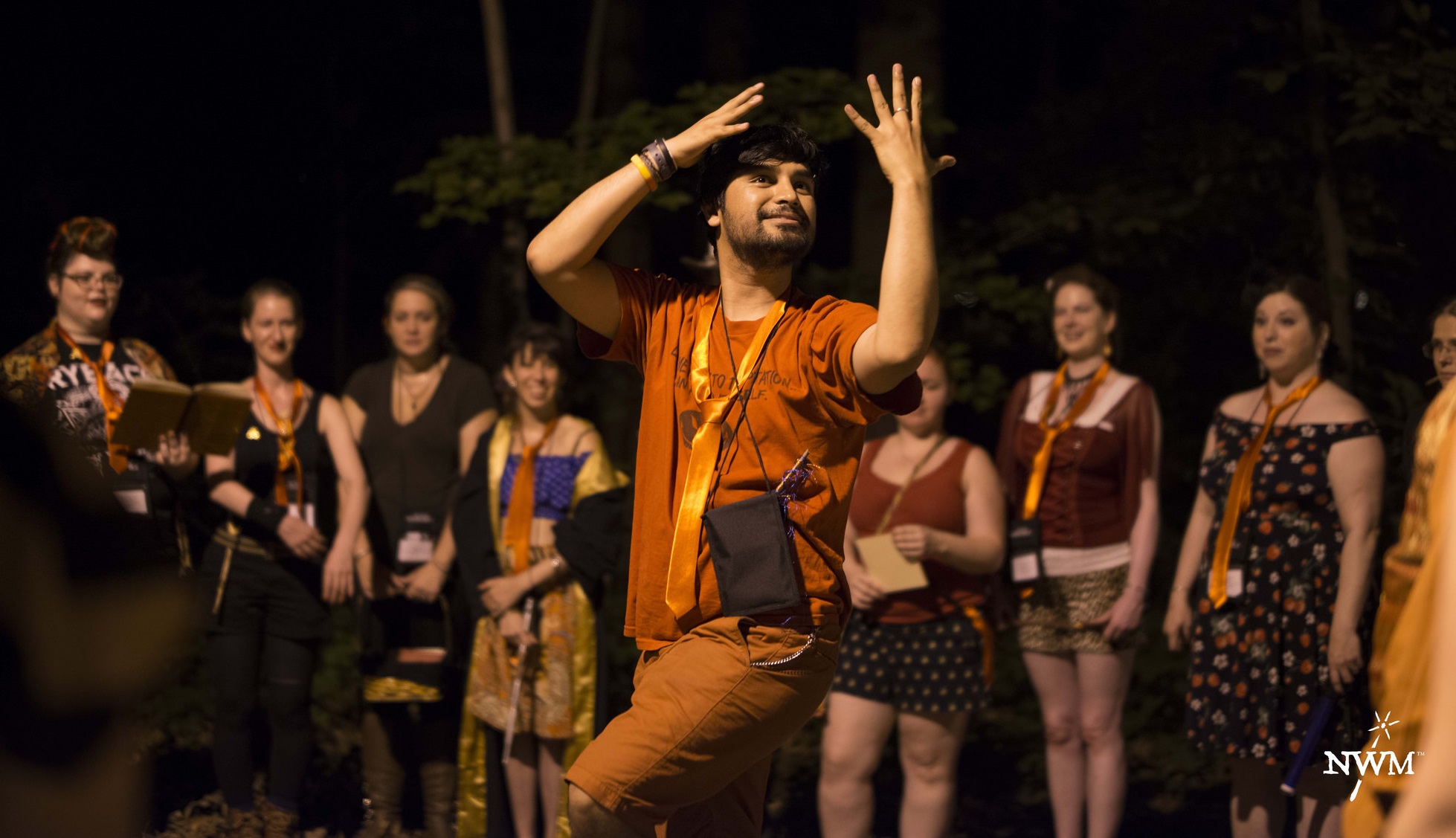
Creating a Culture of Trust through Safety and Calibration Larp Mechanics
in
When Ben Morrow and I decided to offer a College of Wizardry-like experience in North America in April 2015, we knew we had our work cut out for us. Not only did we need to form a larp production company, secure the venue, build the costumes, obtain props, find players, and all the other duties
-

Knutepunkt 2017 – Call for Papers
in
Knutepunkt 2017 Call for Papers. The next Knutepunkt conference will be held in Norway and now the organizers are asking for papers for next years books.
-
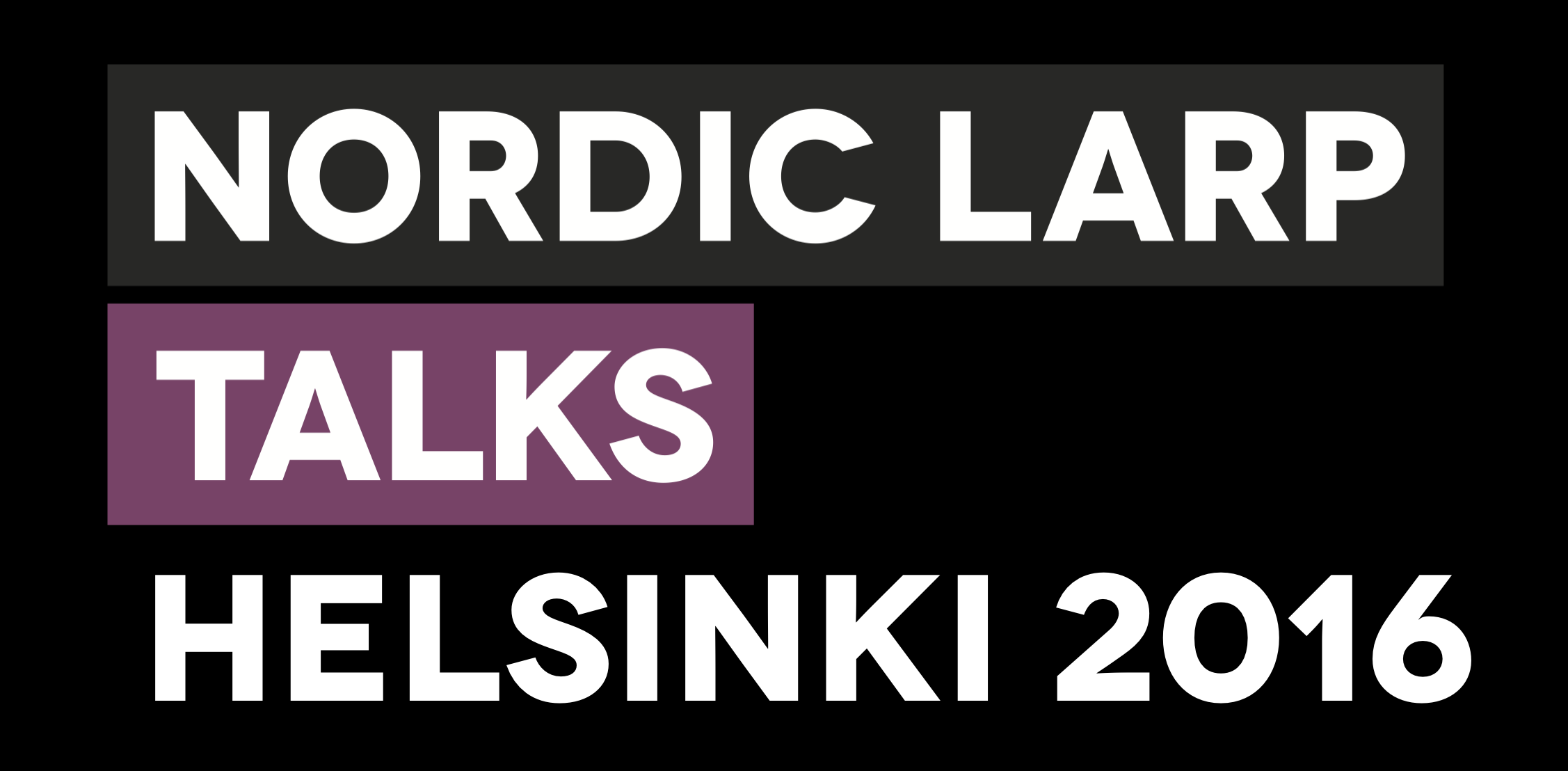
Nordic Larp Talks Helsinki 2016
in
Nordic Larp Talks is a series of short, entertaining, thought-provoking and mind-boggling lectures about projects and ideas from the tradition of Nordic Larp. This year Nordic Larp Talks will be hosted in Helsinki, Tuesday March 8th at 19:00 and you are of course more than welcome to join us! The event will be held at Aalto University School
-
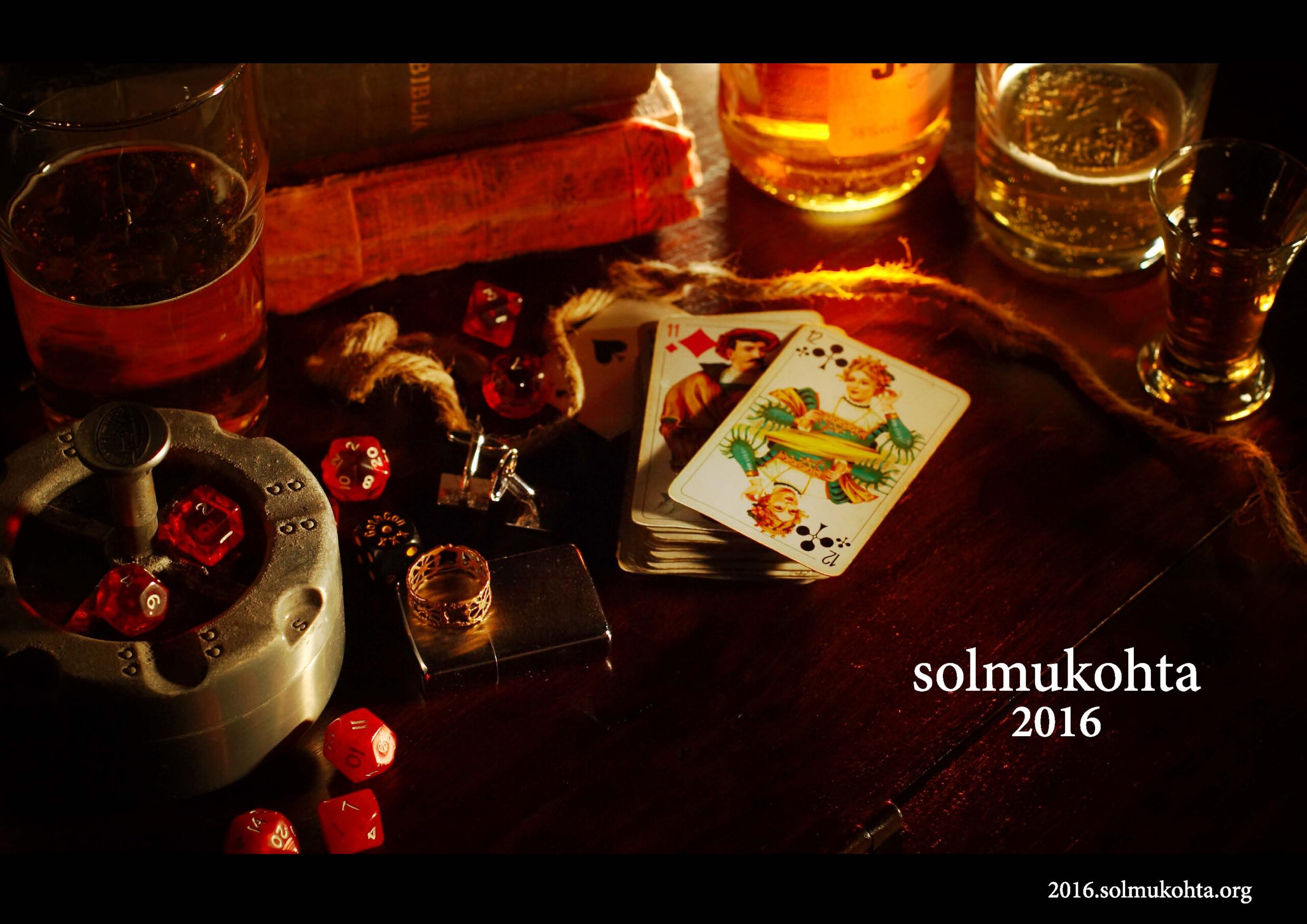
Ship Ahoy! Mark your calendar for Solmukohta 2016!
in
On Wednesday the 9th to Monday the 14th of March 2016 it’s once again time for the international roleplaying conference Solmukohta. The conference often known as Knutepunkt is this year in Finland and therefore goes by it’s Finnish name Solmukohta for 2016. This Solmukohta will be truly Baltic as the location is a Tallink Silja cruise
-
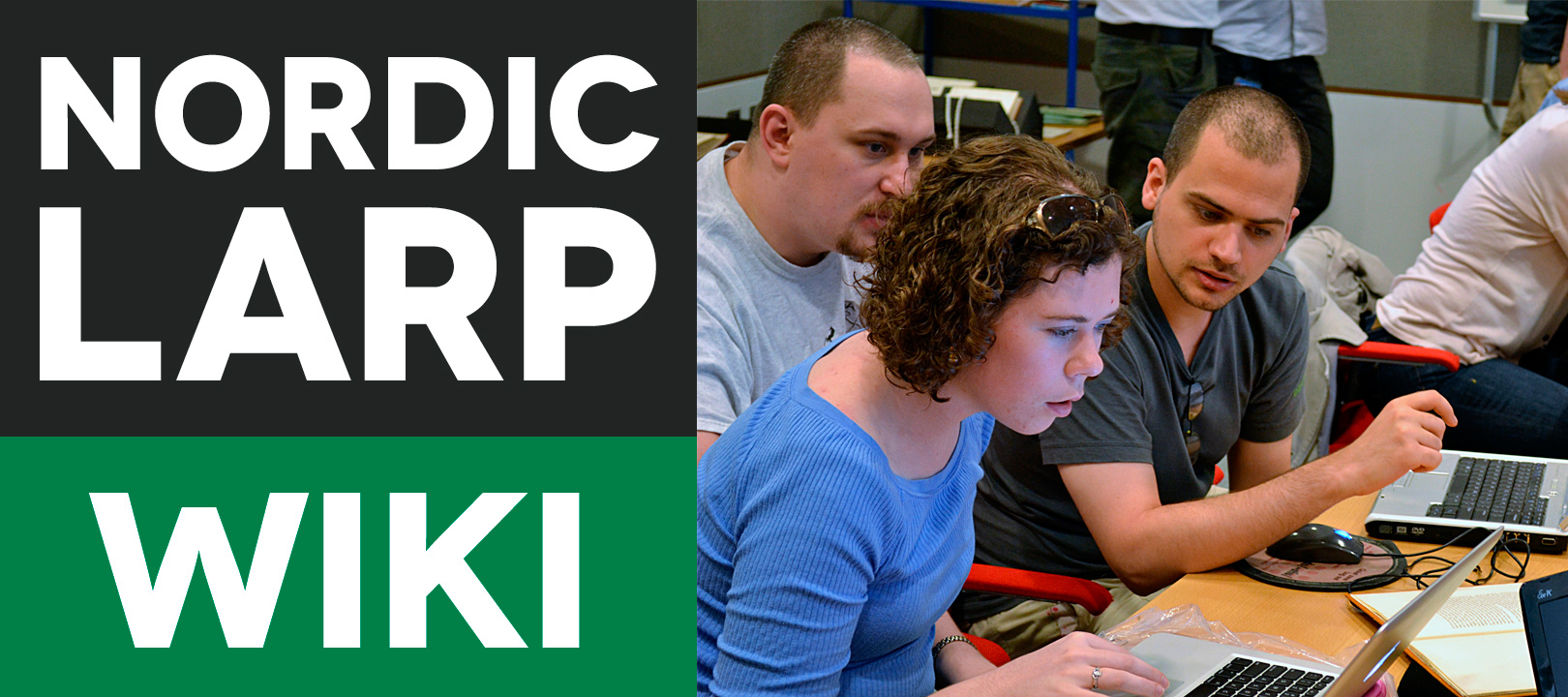
Nordic Larp Wiki Edit-a-thon
in
It’s time for another edit-a-thon! Previous events made many qualitative new articles and changes in the Wiki. An edit-a-thon is an event where we gather and work very focused on putting in content into the Nordic Larp Wiki. Let’s make the great Nordic Larp Wiki even grander! The edit-a-thon will be coordinated over at Facebook: https://www.facebook.com/events/875866419122959/
-
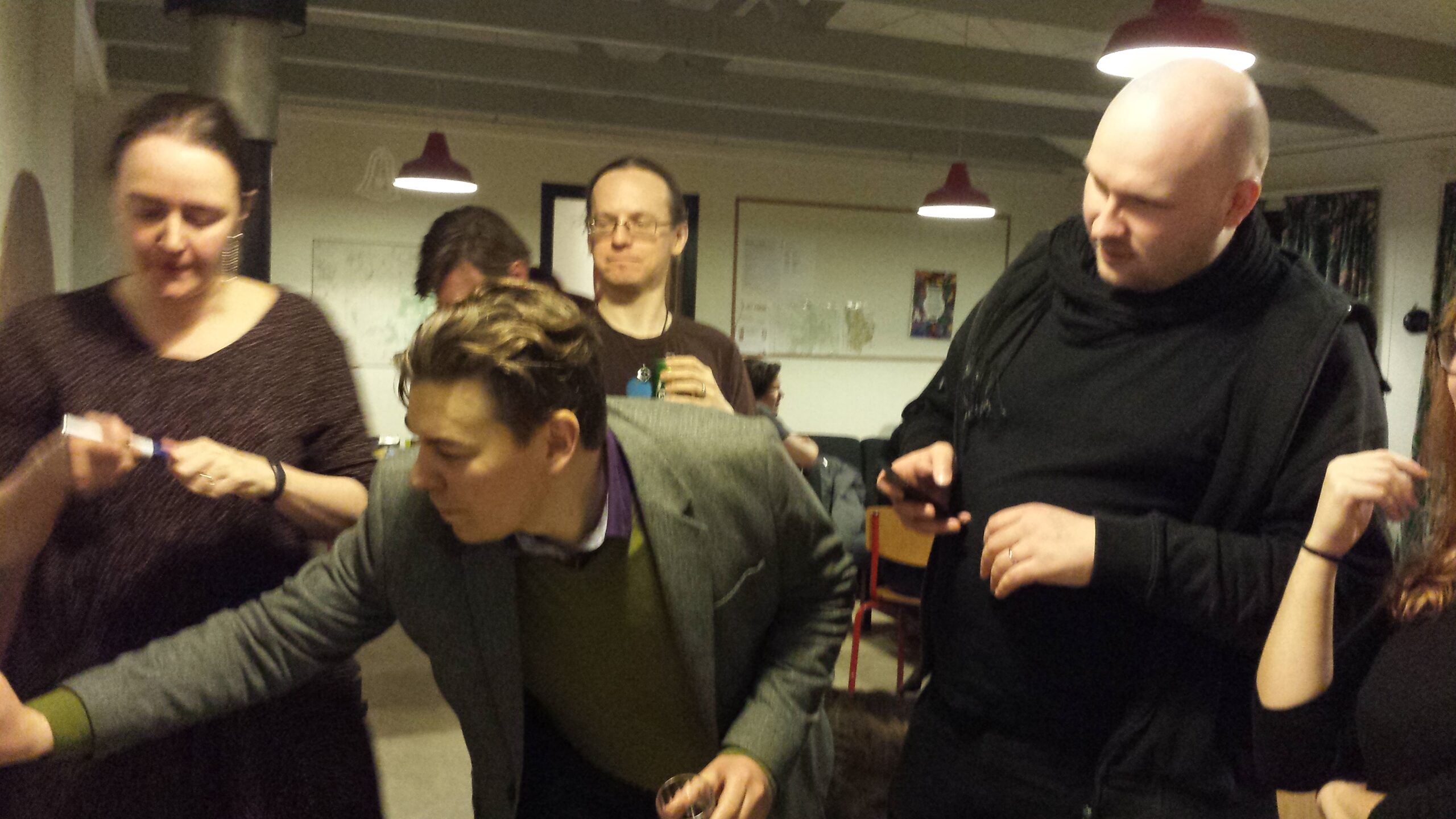
Larp Writers Summer Retreat 2014
in
Swedish larp organizer group Berättelsefrämjandet will run a retreat for larp writers in early June: We want to gather creators, critics and scholars of larp for an extended weekend of gaining insight and inspiration to create better larps. We will discuss, reflect on and produce larp ideas in an organized manner. The retreat starts Thursday
-
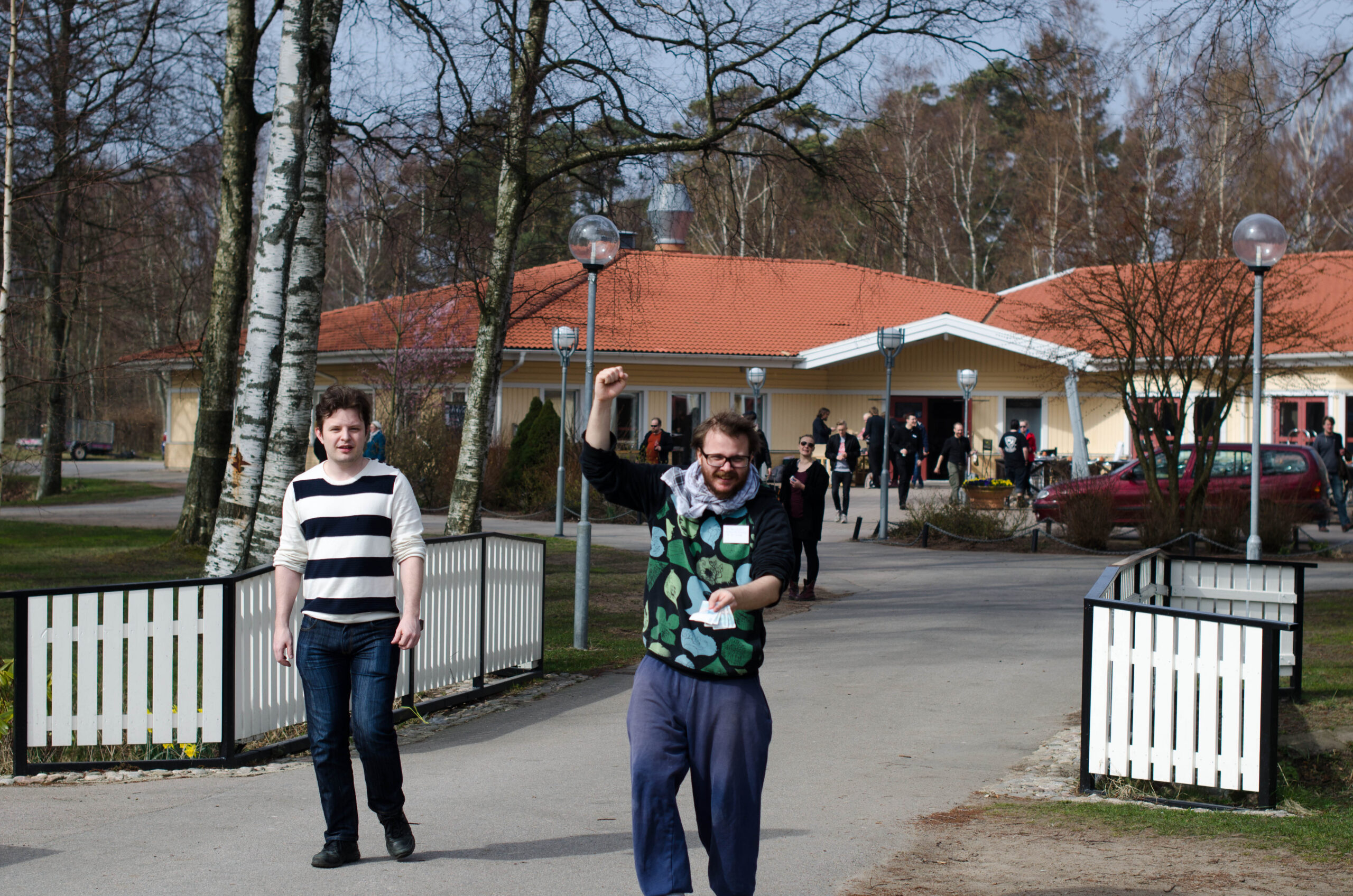
Short Presentations of Larps and Projects for 2014 and 2015
in
At Knutpunkt 2014, a bunch of larps, festivals and events was presented. It was hosted by Magnar Grønvik Müller The video is unfortunately cut short in the end. Short and sweet presentations of upcoming larps, larp festivals, larp conventions and other interesting events.